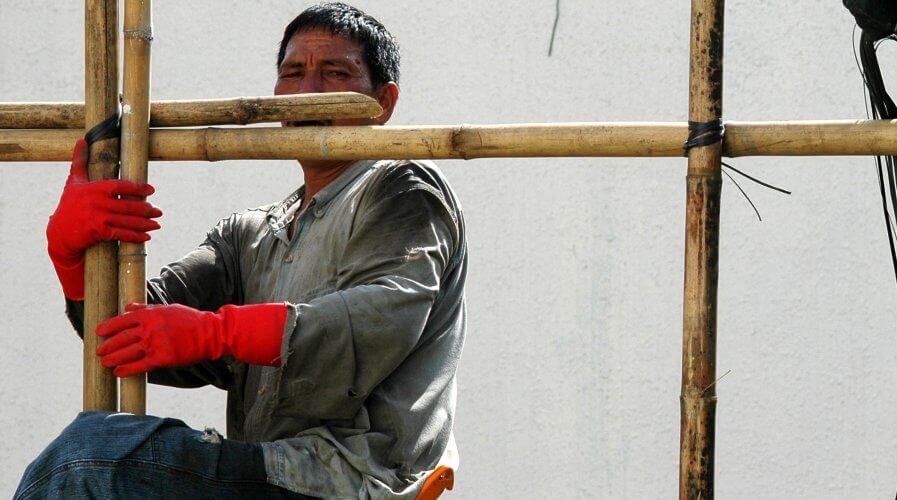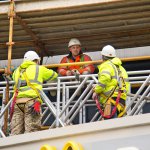
Worried about worker safety? See what Singapore’s HDB is doing with construction technology. Source: Shutterstock
Singapore HDB uses technology to make construction sites safer
WORKERS might fear that technology will take away jobs from them — but in the short run, regulators, government agencies, and businesses are more concerned with using technology to make jobs safer.
In construction, technology can definitely play a significant role in protecting workers and enforcing strict safety standards, without any of the significant costs traditionally associated with raising safety requirements.
Most recently, Singapore’s Housing and Development Board (HDB) announced that it will be using artificial intelligence (AI) and drones to make construction and building maintenance safer.
Based on media reports, it seems as though sensors placed at logical spots across construction sites will help monitor workers who come within one meter of a non-barricaded edge with a drop of more than two meters and those who are under the path of heavy loads lifted by tower cranes.
The system will use AI to remotely monitor and create alerts about situations that require attention on the construction site — providing site supervisors with a “photograph” so that appropriate action can be taken.
“A centralized and automated surveillance system will enable safety personnel to simultaneously monitor different work sites round-the-clock, thus allowing greater coverage with less manpower,” said HDB in its press release.
Currently, Workplace, Safety and Health Officers (WSHO) are responsible for monitoring and enforcing safety standards at construction sites — which makes the job resource-intensive and also (sometimes) results in inconsistencies around standards being followed.
Using WSHOs to monitor a large construction site for long hours could also cause fatigue and allow human errors to creep in, ultimately putting workers at risk.
According to the HDB, the automated system is likely to reduce the risk of inconsistent safety standards across different supervising personnel, as well as human errors that could occur due to fatigue.
With regards to building maintenance — which is critical to Singapore’s HDB given the number of properties it has built over the past five decades — the organization believes drones could make life safer for inspection engineers.
Being trialled for almost a year now, drones can help building supervisors and inspectors inspect facades for cracks, corrosion, and other signs of damage in a way that’s not only quicker but also safer.
Traditionally, inspections take a few days and require inspectors to use boom lifts and ropes to scale the building facade. With drones, time taken to complete the job is reduced to a few hours, without any safety concerns around speeding up the job.
According to Singapore’s HDB, footage from drones is being combined with an AI solution to not only identify areas that need repair but also provide recommendations around possible solutions.
Ultimately, it’s interesting to see a government agency drive the use of technology in Singapore’s construction industry. Of course, the HDB has access to support from institutions such as the National University of Singapore’s (NUS) School of Design and Environment — but its success with technology is definitely a result of its own initiative.
In the near future, with help and insights from the HDB, other builders are expected to take up similar technologies.
READ MORE
- Ethical AI: The renewed importance of safeguarding data and customer privacy in Generative AI applications
- How Japan balances AI-driven opportunities with cybersecurity needs
- Deploying SASE: Benchmarking your approach
- Insurance everywhere all at once: the digital transformation of the APAC insurance industry
- Google parent Alphabet eyes HubSpot: A potential acquisition shaping the future of CRM


